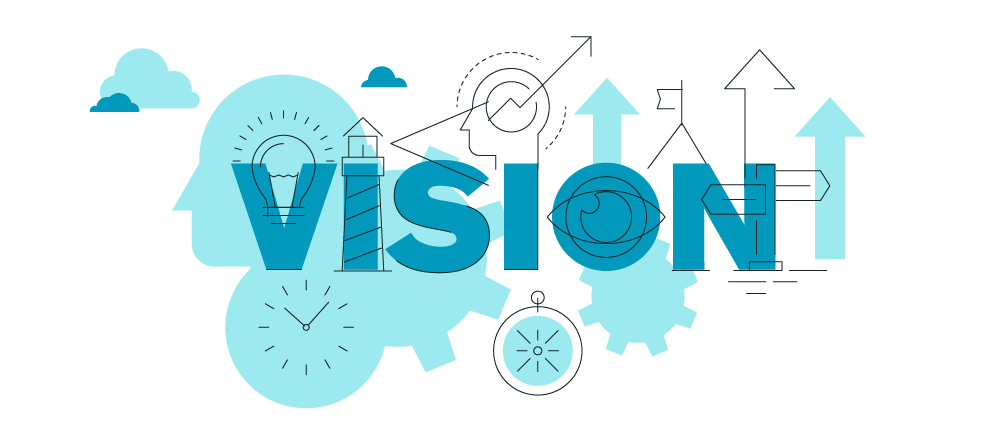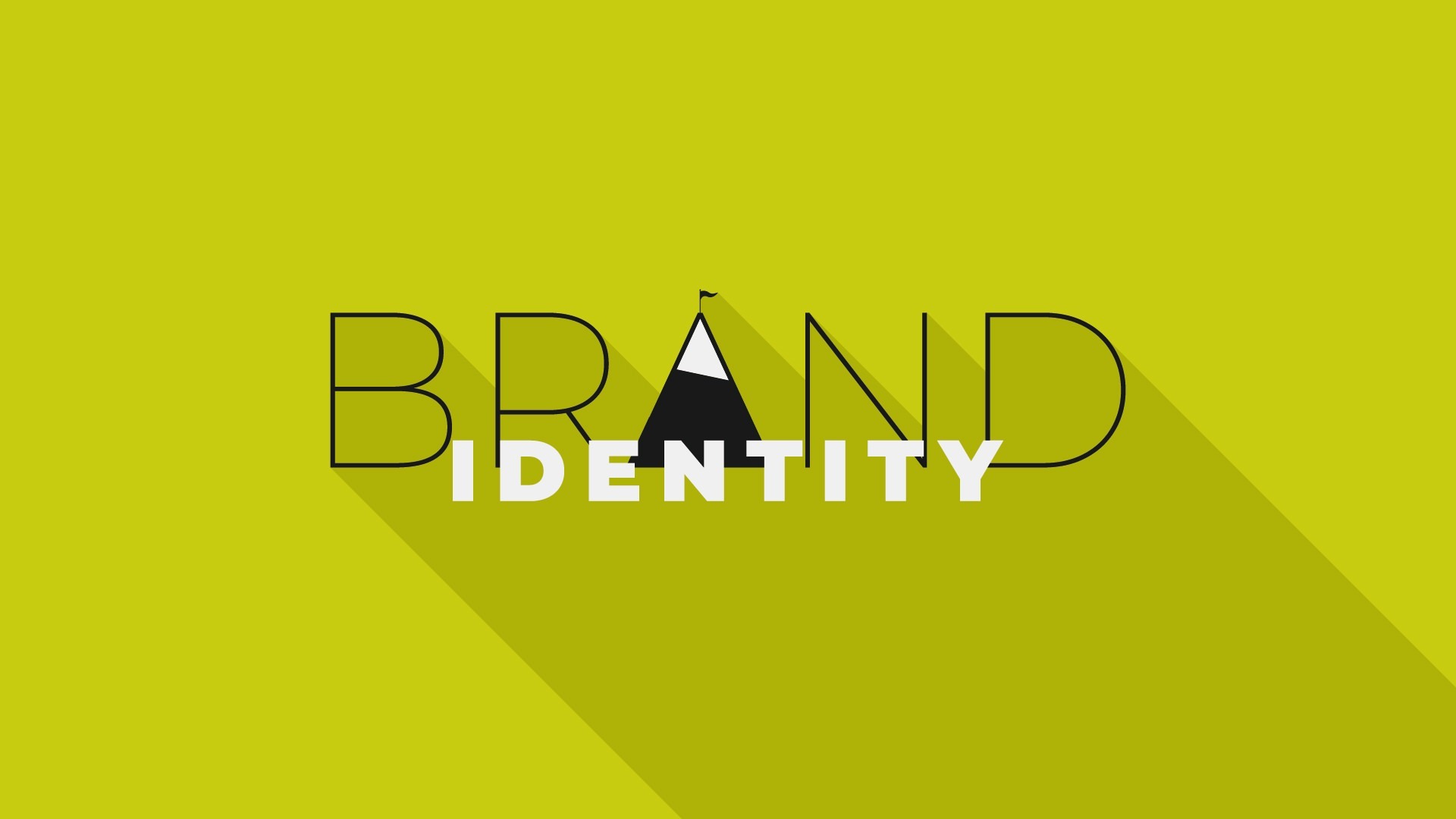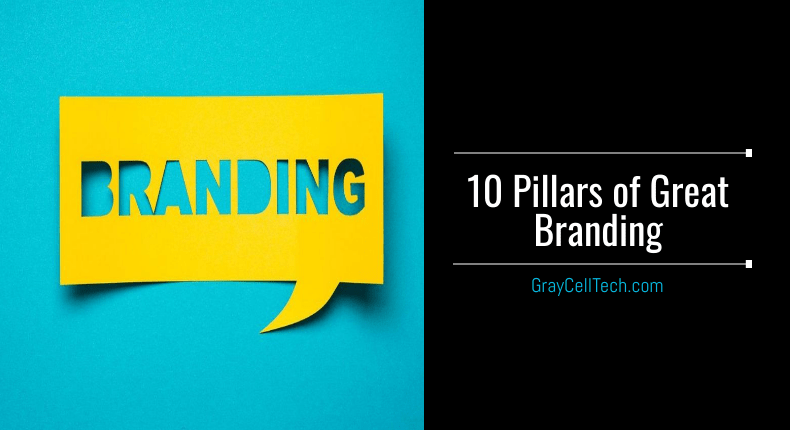This is the era of entrepreneurism. As more and more people have started to come out of their comfort zone and risk to establish new businesses, we see many ingenious and interesting ideas emerging in the commercial landscape. That said, budding entrepreneurs face a huge problem of market competition. If you are one of them, then you will be happy to know that you can solve it by working on branding.
The following are the 10 pillars of powerful branding that you need to know if you want to be successful in the industry:
1. Aim
One of the first things that you should understand when you go about creating a brand is purpose. You should ask yourself why you want to establish a brand for your business in the first place? There are many good reasons for this. For instance, if you want to grow your business, then evolving it into a brand is the way to go. You can also build a brand is market competition has increased and you want to stand out from the rest.
2. Mission

Brand Mission is what you want to achieve with your company. You can also call it a commitment that you are making to your customers. For instance, Apple’s commitment is to deliver best-in-class services and products in the entertainment industry. Similarly, KFC promises to serve finger-licking-good food.
3. Vision

Vision is your plan for your company’s future. Where do you think your company will be 5 years and 10 years from today? What kind of changes do you think you will be bringing in society? The answers to questions like these will help you get a clear idea of the vision. If you are looking for an example, then you can look at Microsoft. The software giant envisioned a future in which there is a desktop is available in every household across the globe. Interestingly, the company has come much close to realizing this vision.
4. Logo
Everyone knows what a logo is, and why they are so important in defining a business’s brand identity. This is why companies spend big money on logo design. Think of your company logo as an emblem that unifies all your beliefs and ideologies. It encompasses everything that you want to deliver to your target demographic- the user experience, quality of products and services, pricing, etc.
If you don’t have a logo yet, then you will be happy to know that there are many talented freelancers across the globe that can create the perfect logo for you at a small price. If you want a DIY option and get even better designs, then you can also use online logo design tools.
5. Personality
Think of your brand as a human being. What kind of language does this person use? Is it funny, authoritative, or maybe assuring/calming? Whatever this language is, it will be used in your brand communication. This covers social media, emails, blog posts, etc. Remember- just like humans who have unique personalities are memorable, brands with unique personalities are just as likely to remain in the minds of the target audience.
6. Tagline
It’s not essential for every brand to have a tagline. However, if you have one, then it can be helpful in more than many ways. For starters, a catchy tagline can boost your brand’s memorability and make it easier for people to identify you among other brands. Also, a tagline can work as the essence of your mission statement. Some popular branding and advertising tagline examples to study include OnePlus’s NEVER SETTLE and Apple’s Think Different.
7. Color Palette

You can’t build a powerful brand without creating a brand book first. This brand book lays down the guidelines for your marketers and branding executives to follow. One of the most important things that it includes is a color palette (there should not be more than 3-4 colors).
Believe it or not, companies use the psychology of colors when marketing as different colors carry different emotions. For instance, black represents authority and class, and blue says trust and reliance. So, it’s important that you pick the right colors for your brand and stick to them everywhere- from your website to physical billboards in your city.
8. Fonts
Just like colors, one font may create a different kind of impact compared to others. For instance, cursive fonts can be used for feminine brands and sharp fonts can be used for companies that focus on energy and passion. It’s a good idea that you get your brand’s personality straight and pick appropriate fonts only by doing your homework first.
9. Message Consistency
Powerful branding is always consistent. What it means is that the kind of words and tone you use on one communication channel should be similar to other channels. For instance, if you are publishing educational blog posts and address online comments with informative responses, then you want to carry the same personality to email messages and social media. Of course, you should also read a guide on writing brand content for social media, email, website, etc. so that you know how different platforms work.
10. Brand Identity

Creating a brand is important. However, if you are not original enough, then it can be easy to see yourself getting lost in the crowd. So, create a brand that’s not only attractive but also distinct.
So, there you have it- 10 essentials of a powerful and memorable brand that you can’t ignore if you seek sustainable success and improve your market position. Good luck!








